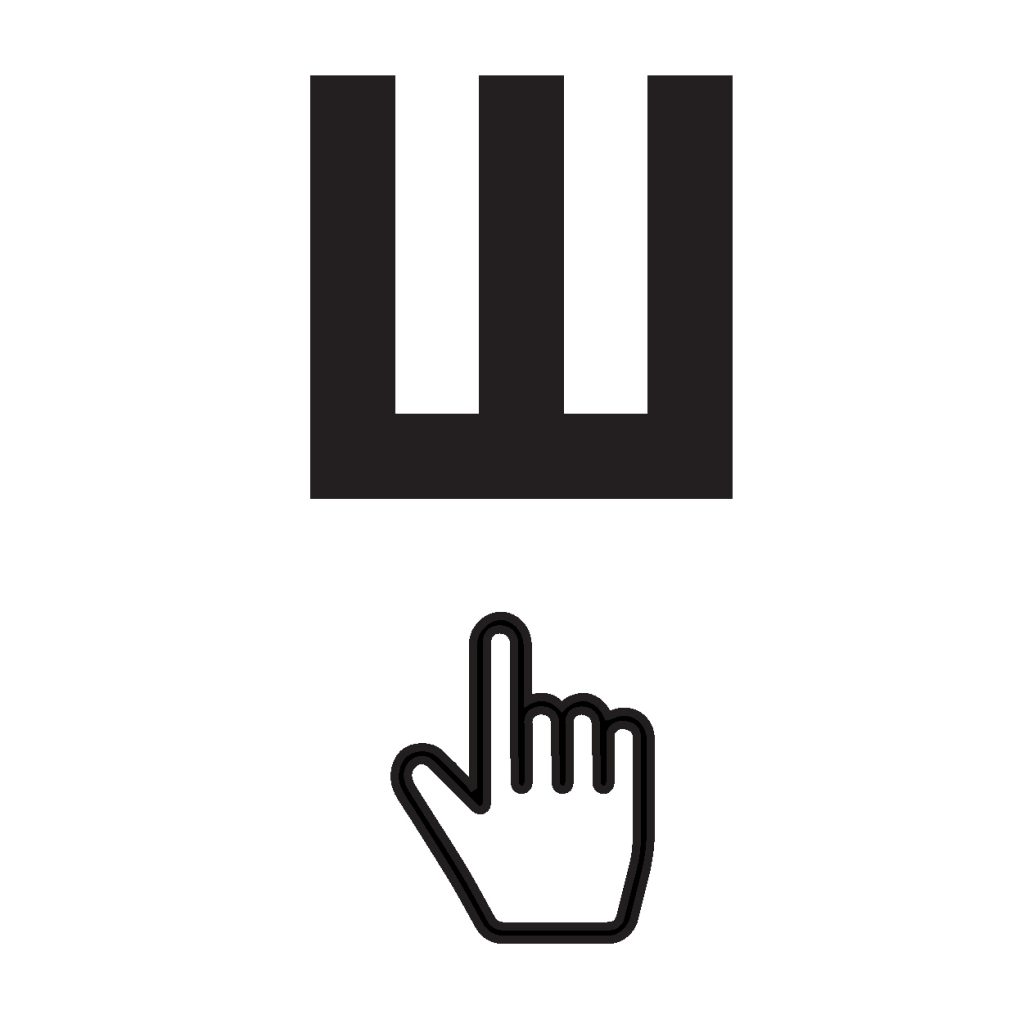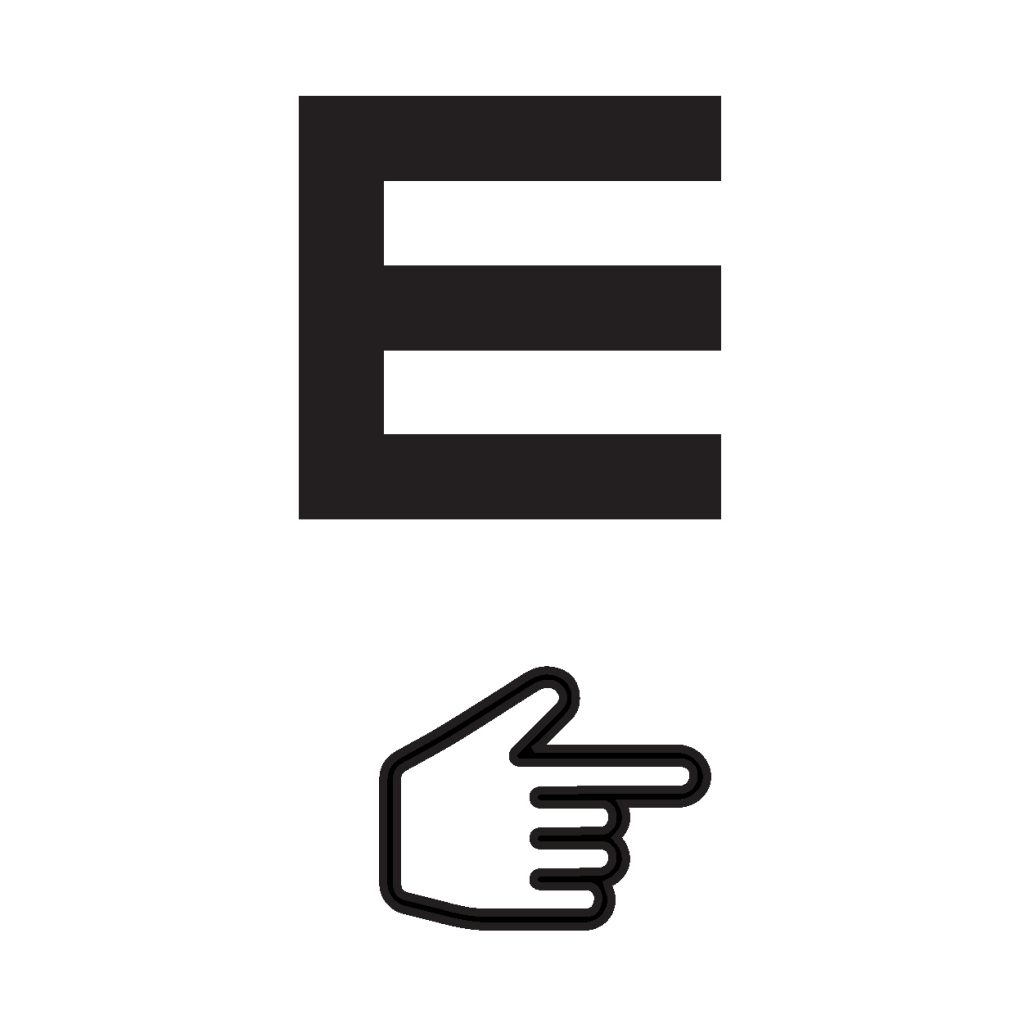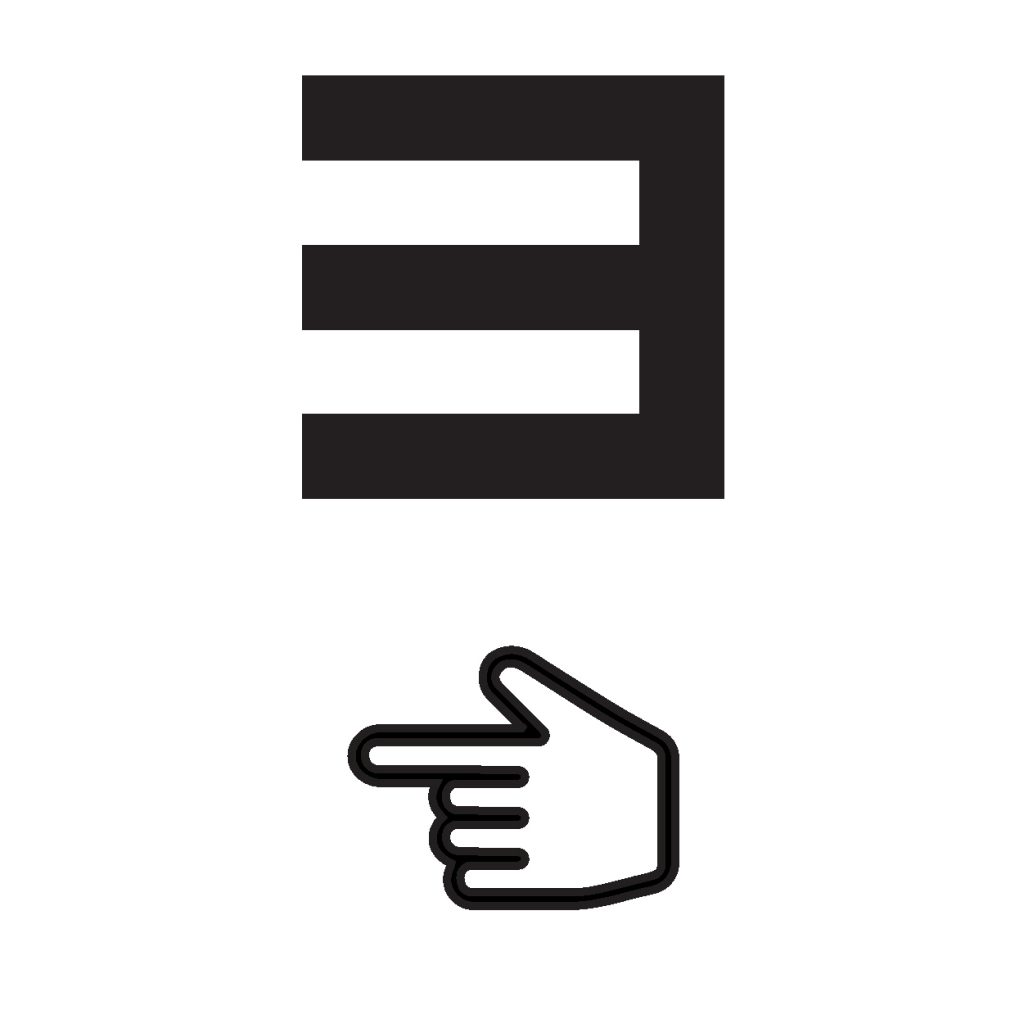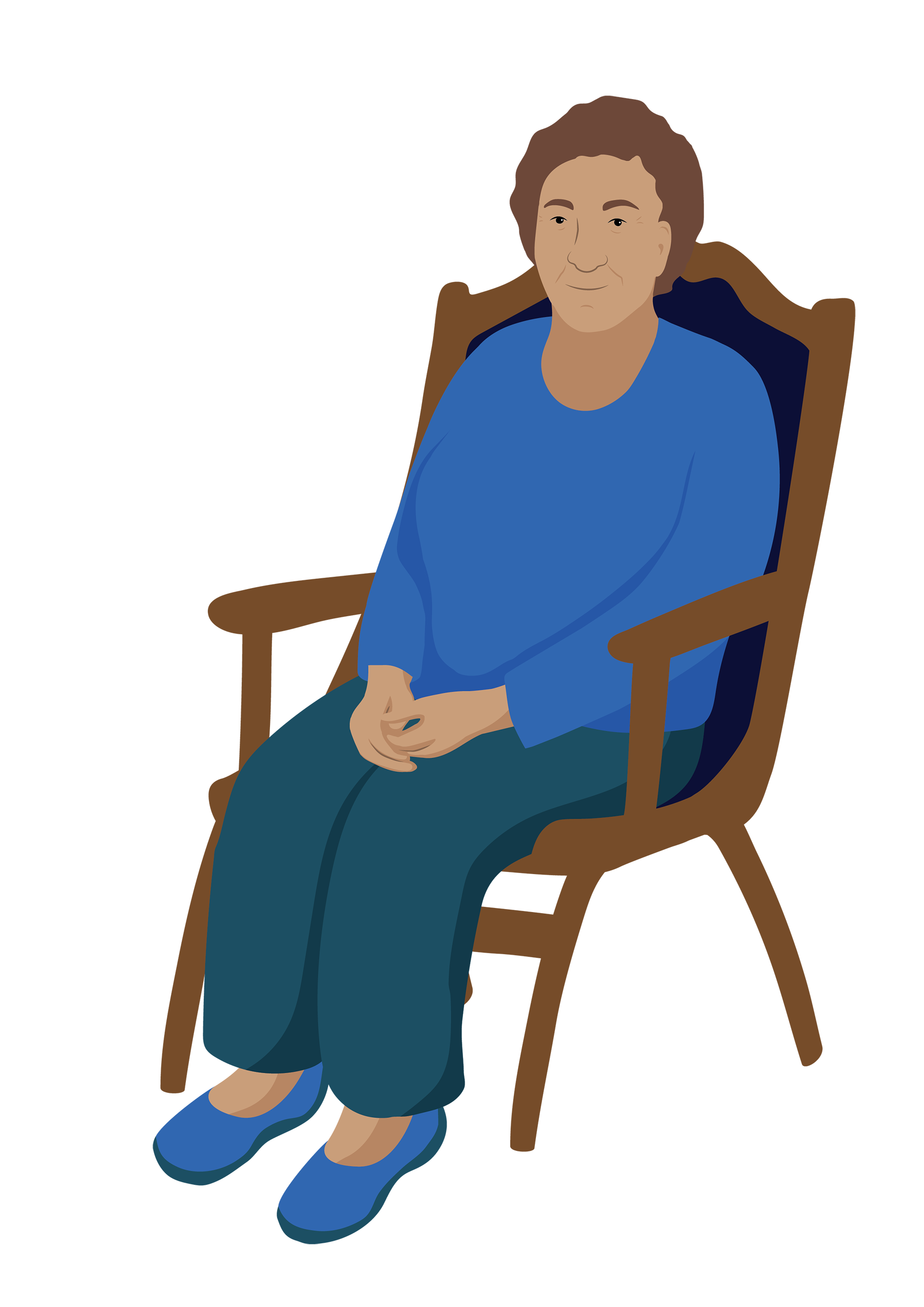Near vision screen for adults 40 years and older
Инструкция
In this topic you will learn how to carry out a near vision screen for adults 40 years and older using a near E-chart.
Near vision screen
Вопрос
1. Omar is 25 years old. He achieves yes to all, both eyes in the distance vision screen. Should you carry out a near vision screen for Omar?
Выберите один ответ.
Правильный ответ – "Нет"!
Omar is 25 years old. You do not need to screen his near vision.
Near vision is only screened for people 40 years or older. This is because near vision can reduce with age, a condition called presbyopia.
2. Matilda is 50 years old. Her distance vision screen result was no to either eye, top line. Should you carry out a near vision screen?
Выберите один ответ.
Правильный ответ – "Нет"!
Matilda is over 40 years old, but she did not pass the distance vision screen. Near vision is only screened for people 40 years or older who passed the distance vision screen.
Таблица
- The near E-chart has one row of five small E’s
- The (N6) next to the row of E’s describes the size of the letters.

Explain the vision screen using the near E-chart.
- Explain that for each E you point to, the person should indicate the direction the E is facing with their hand, or by telling you.
Убедитесь в том, что ребенок вас понял. При необходимости поправьте его.
- Point to one E and ask the person to show or tell you which direction the E is facing: up, down, left or right.




Очки
Вопрос
If a person wears near vision spectacles, should they wear them for the near vision screen?
Выберите один ответ.
Yes is correct!
Near vision spectacles should be worn for the near vision screen.
Carry out near vision screen
Инструкция
Test both eyes at the same time.
- Ask the person to hold the near E-chart in front of them
- The distance between the near E-chart and the person’s eyes should be about 40 centimetres, or a distance that is comfortable for them to hold the chart to read. This can be measured with a tape measure or 40-centimetre piece of string.
Совет
If the person cannot hold the chart easily, you can hold it for them.
- Point to each of the five E’s. Ask the person to indicate the direction that each E is facing
- If the person correctly indicates the direction of three or more E’s, their near vision is likely to be normal.
Record result
If the person correctly indicates the direction of three or more E’s record Yes and continue to the eye health screen.
If the person did not indicate the direction of three or more E’s record No and Assess for near vision spectacles.
If near vision spectacles are not available refer the person to an eye health professional where they can receive near vision spectacles.

Инструкция
Watch the video of a health worker carrying out a near vision screen with a person over 40 years old.
Практическое задание
В группах:
- Explain the near vision screen using the near E-chart
- Agree whether the person shows the direction the E is facing with their hand, or by telling you. Practice to check they understand
- Complete the screen
- Record the result on the PEC Screen form.
Take turns to be the health worker and person being screened.
Вопрос

Помните Лучиану?
Luciana is 73 years old and lives with her husband Jose. She attended a primary eye care appointment.
Luciana correctly matched the direction of four E’s on the near E-chart.
What should the health worker record for Luciana?
Выберите один ответ.
Yes is correct!
Luciana needed to correctly indicate the direction of three or more E’s. She has passed the near vision screen.
The health worker should record Yes for Luciana and continue to the eye health screen.
Совет
A Primary eye care guide is a step-by-step guide to managing different vision and eye health problems.
Primary eye care guide one: Vision problems provides a summary of how to manage vision problems.
You will learn about Primary eye care guides in the Managing vision and eye health problems module.

